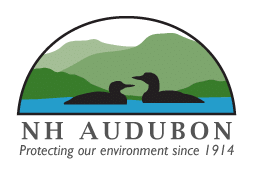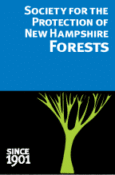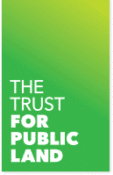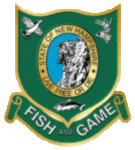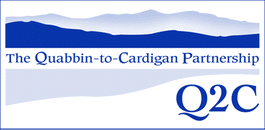The Early Years
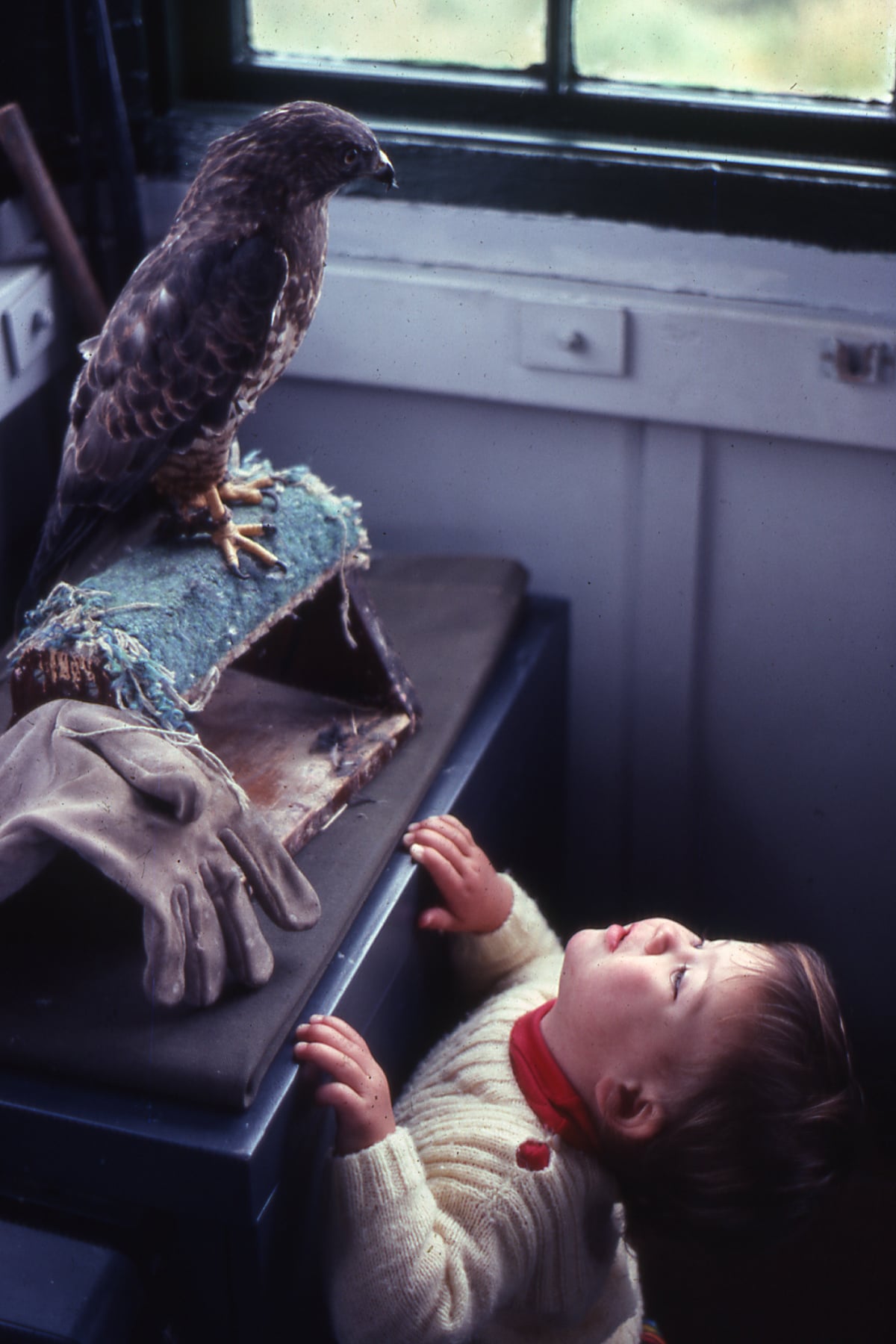 In the 1980s, New Hampshire’s development boom reached a fever pitch. The last farm in Nashua was sprouting pavement. Bobcats had disappeared from Amherst and Bedford, and migratory songbirds were in double trouble — grappling with habitat loss in their tropical overwintering grounds, as well as forest fragmentation in the Northeast.
In the 1980s, New Hampshire’s development boom reached a fever pitch. The last farm in Nashua was sprouting pavement. Bobcats had disappeared from Amherst and Bedford, and migratory songbirds were in double trouble — grappling with habitat loss in their tropical overwintering grounds, as well as forest fragmentation in the Northeast.
What should a nature center do?
At that critical moment, the Harris Center decided to expand on its environmental education work by becoming a land trust. The goal was to demonstrate how people could work together to protect land from development, with a focus on connectivity.
The Case for Clustered Open Space
Former Harris Center director — now Naturalist Emeritus — Meade Cadot made a compelling case for protecting land in clusters, rather than in isolated parcels. Clustered open space:
- ensures contiguous blocks of habitat for far-ranging species like bobcat, moose, otter, and black bear;
- strengthens forest resilience, preserving key ecological functions such as carbon storage and sequestration;
- provides forest interior, which is needed by some migrant songbirds;
- maintains forests large enough to manage for both timber and wildlife;
- offers opportunities for backcountry recreation, such as camping, hunting, and trekking;
- preserves scenic drives, with viewsheds that can be enjoyed by all ages; and
- protects not only shorelines, but entire watersheds for current and future wellheads, reservoirs, and other vital drinking water resources.
Growing the SuperSanctuary
 When the Harris Center coined the name in 1985, the SuperSanctuary contained several nodes of protected land totaling about 3,000 acres.
When the Harris Center coined the name in 1985, the SuperSanctuary contained several nodes of protected land totaling about 3,000 acres.
By protecting land abutting these nodes and making connections among them, we’ve now grown the SuperSanctuary to some 36,000 acres across a 120-mi2 portion of the Monadnock Region. Today, it includes:
- 23 peaks over 1,500 feet in elevation
- shorefront surrounding or abutting 18 lakes and ponds (and many smaller waterbodies)
- 95 miles along rivers and streams
- 21 miles of hiking trails
- several scenic roads
- more than 1,600 acres of diverse wetlands, including floodplain, swamp, marsh, fen, and wet meadow
See our SuperSanctuary map for more details.
Tools of the Trade
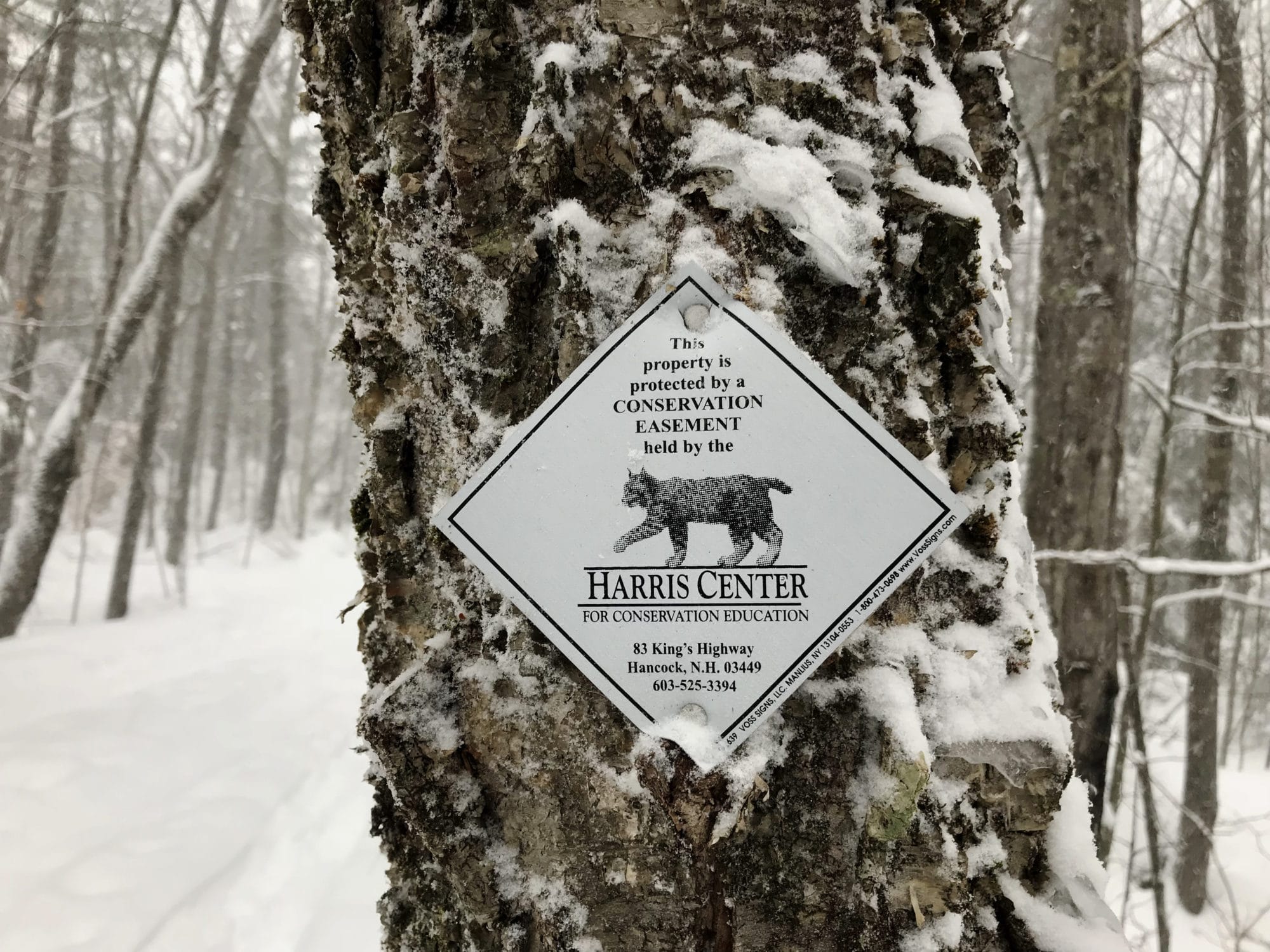 We’ve used many different conservation strategies to create the SuperSanctuary, including buying land, accepting donations of land, and bargain sales, whereby sellers make a tax-deductible donation by accepting less than the appraised value for their land.
We’ve used many different conservation strategies to create the SuperSanctuary, including buying land, accepting donations of land, and bargain sales, whereby sellers make a tax-deductible donation by accepting less than the appraised value for their land.
Over the years, the most important tool has been the conservation easement, in which landowners retain ownership of a property, but donate or sell the development rights to a land trust.
Working Together
We’ve worked closely with far-thinking families, individuals, towns, agencies, and non-profit organizations — some of whom are listed below — to make the SuperSanctuary a reality. Our philosophy is that bigger is better, and the key is not who protects what, but what gets protected.
Contact Us
For more information on the Harris Center’s land protection program, please contact Eric Masterson at (603) 525-3394 or by email.
